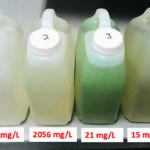Water quality issues arise when the spring runoff is limited and showers don’t arrive to replenish evaporation and use
Prairie farmers are feeling the impact of dry wells and empty dugouts as far east as the Manitoba-Ontario border. Aquifer recharge is not happening as it once did. At an enormous cost, ranchers are buying big-volume tanker trailers to haul water to dugouts. Herd dispersals are now a weekly event, and it’s not likely many […] Read more Livestock Management
Livestock Management
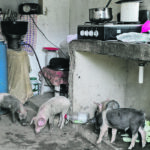
Vaccines not best option for ASF
In the last three years, the African swine fever virus has killed millions of pigs and forced producers to cull tens of millions of pigs in China, Vietnam, Eastern Europe and elsewhere. In late July, the deadly virus was detected in the Dominican Republic; the first time it’s been in the Americas in four decades. […] Read more

More mink with COVID-19 have been discovered in B.C.
The British Columbia government is identifying more cases of COVID-19 in mink as the province’s affected fur farms remain under quarantine. As of Aug. 6, eight mink have tested positive for the virus on one farm, after two cases were initially identified in May. Three of those mink had escaped their cages but were captured […] Read more

Early weaning in next year’s calf crop may offer advantages
In a year with significant drought issues in many parts of Western Canada and limited pasture, early weaning can be a management tactic that might prove beneficial in some situations. Dry cows have lower nutritional requirements than lactating cows and therefore may be able to improve in body weight and body condition score if their […] Read more
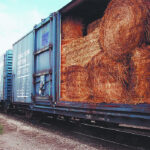
Hay West boosted spirits, fed a few cows
When Rob Somerville received a truck load of hay donated by eastern Canadian farmers, it was a morale boost as much as anything. “For us, it was the psychological lift that it provided that was every bit as valuable, or even more valuable, then the hay itself,” said Somerville. The hay donations are designed to […] Read more

Alberta cattle producer gone to greener pastures
Cor Van Raay, a pillar of the southern Alberta community, died July 29 in Lethbridge. He was 85. His daughter Colleen Mackey said her father was a mentor for those entering the agriculture sector, helping nurture a passion for farming and ranching, as well as teaching skills needed to stay in the business. “He was […] Read more

Assistance needed for fire-affected B.C. ranchers
A fire has been burning for at least a month in the region where Ben Albietz ranches near Lillooet, B.C. It continues to destroy range for his cattle and he knows he has already lost about 20 percent of his herd. Without help to obtain feed and reseed burned grazing land, his outlook is as […] Read more
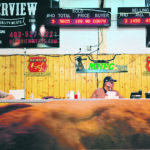
Prairies drought causes early cattle sales
Heat and drought are combining to limit feed supplies and pasture capacities, forcing producers to ship herds
Drought continues to blaze a path of scorched pastures, making feed and water more difficult to find and leaving beef producers with tough choices this fall. “We’re going to see a large sell-off of cows,” said Lyle Taylor, owner of the Medicine Hat Feeding Company auction market. The choice will come down to basic economics, […] Read more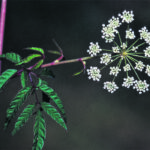
Poison plants threaten livestock in dry pastures
Livestock are tempted to nibble on anything green as pastures dry down and grasses stop producing, but foraging on these plants can have deadly consequences. “Certainly it’s prudent to manage and monitor your cattle all the time, especially this August-September time period,” said Bart Lardner, a professor in beef cattle management at the University of […] Read more
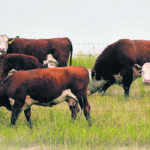
Beef industry improvements provide steady benefits
Major changes have occurred in the production of beef in our country over the last few years. Many could benefit a cattle operation. Some are pharmaceutical in nature. Others are advances in equipment, services and reduced stress cattle handling. It is promising to see advances that will improve both profitability and beef quality. Pharmaceutical companies […] Read more

 Livestock Management
Livestock Management